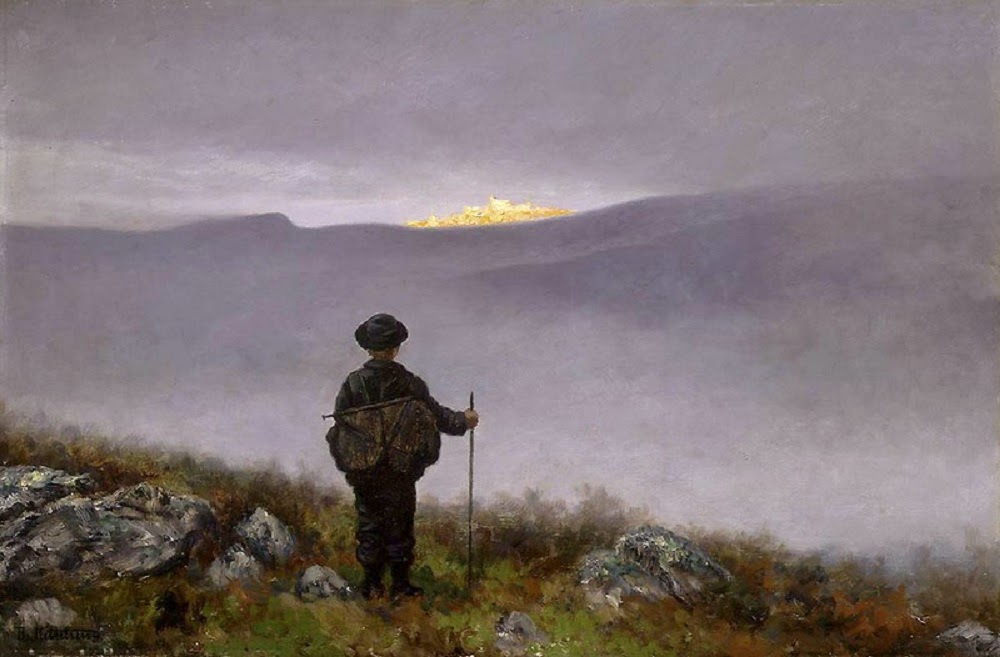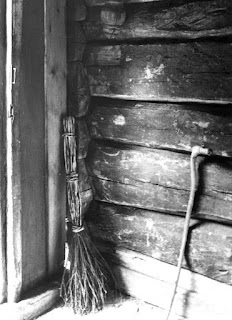As early as the 3rd century, the baptism of Jesus was celebrated on this day. For the Gnostics, the day of Christ's baptism was his actual birthday, as he, through his baptism, became the undisputed son of God. In latin the day was called Epiphania domini ("Revelation of the Lord"). Thorughout the fourth century, the Epiphany was arranged to be celebrated on the 25th of December. In the year 1700 the holiday was abolished by Danish-Norwegian authorities.
For the common folk however, the Thirteenth Day was known as an important day of forsight; clear weather predicted a good and fertile year. It was also believed that the weather on this day would last for 13 weeks - from now on the coldest part of winter began.
 |
| Stefano da Verona (1435). Adoration of the Magi. Tempera on panel. Pinacoteca di Brera. |













